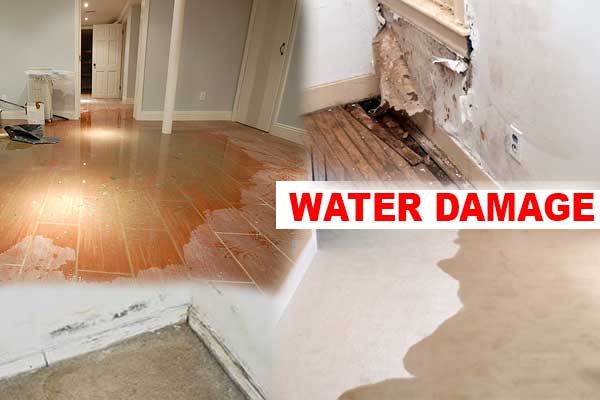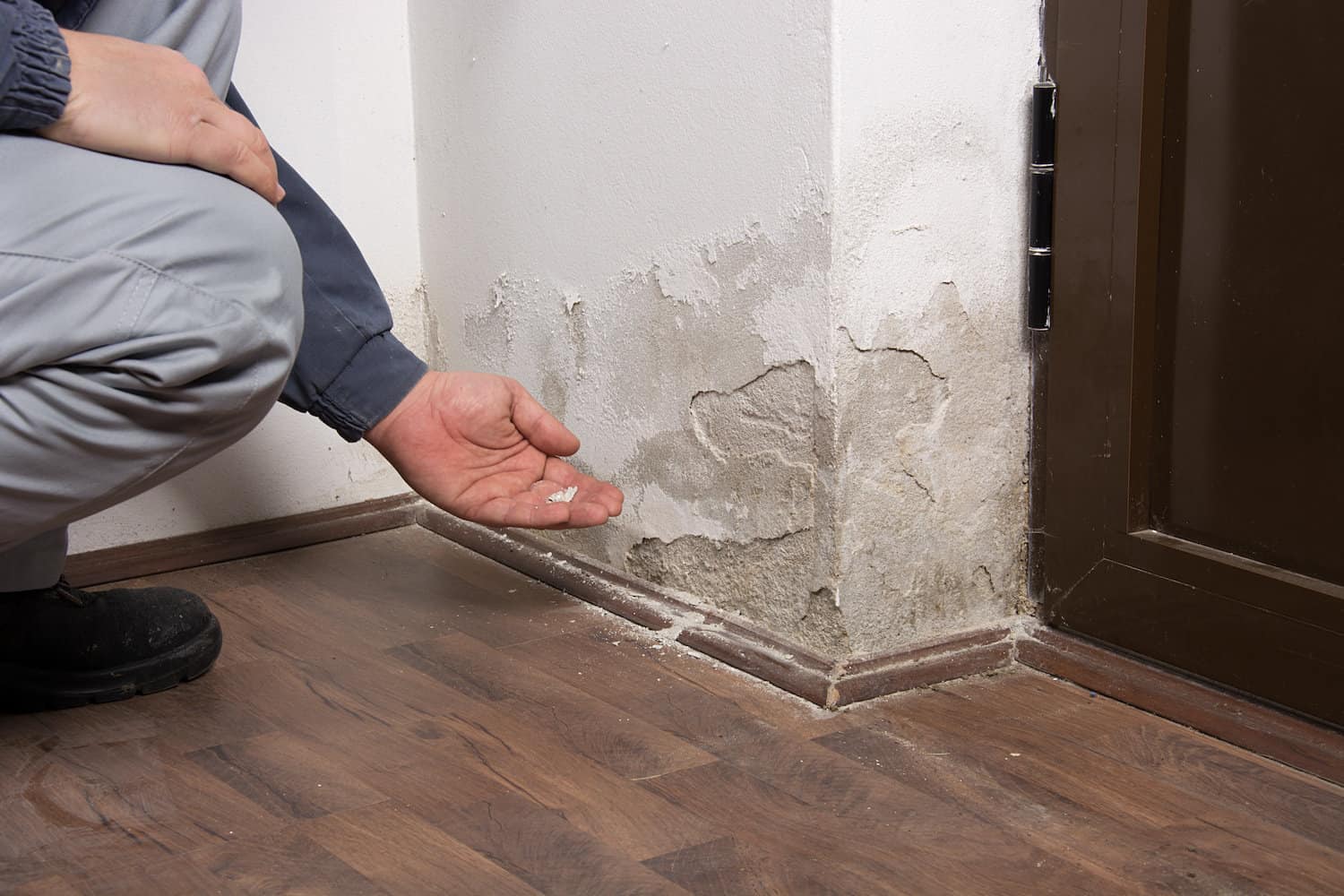Professional Water Damage Restoration for Homes and Businesses Near You
Professional Water Damage Restoration for Homes and Businesses Near You
Blog Article
The Process of Water Damage Cleaning: Guaranteeing Your Home Is Restored Efficiently
Water damages can be a daunting obstacle for house owners, demanding a structured and meticulous clean-up process to recover safety and security and functionality. Initially, an extensive assessment is essential to determine the extent of the damage and establish the proper remediation actions. Following this, reliable water extraction strategies play a pivotal duty in reducing additional harm. Nevertheless, the nuances of drying out, sterilizing, and eventual repair are equally essential and frequently forgotten. Comprehending these stages can make a substantial distinction in the result of your home's restoration, motivating a closer appearance at what each action entails.
Assessing the Damages
Upon finding water damage, the very first step is to extensively evaluate the degree of the impact. This preliminary assessment is vital, as it assists determine the essential steps for reliable cleaning and repair. Begin by evaluating the influenced areas, consisting of wall surfaces, ceilings, floors, and individual belongings, to identify the source of the water intrusion, whether from flooding, leaks, or condensation.
Documenting the damage is crucial for both insurance coverage claims and intending restoration efforts - damage restoration services. Use pictures and written notes to record the seriousness of the damages, keeping in mind any afflicted structural components and products. Pay special focus to areas that might not be immediately visible, such as behind wall surfaces and under carpetings, as concealed dampness can cause further issues, consisting of mold and mildew growth
Additionally, assess the timeline of the water exposure. Eventually, an extensive evaluation lays the foundation for an effective water damage cleaning process, making certain that all affected areas are resolved efficiently and extensively.
Water Removal Techniques

Professionals usually employ completely submersible pumps for larger volumes of water, which can rapidly ease flooding in basements or other affected areas. For smaller quantities, wet/dry vacuums are usually made use of to draw out recurring wetness from carpetings and difficult surface areas. In addition, using mobile extractors enables for targeted removal in constrained rooms or areas with delicate products.
In instances of infected water, such as sewer or floodwater, advanced removal methods might involve making use of biohazard tools to ensure safety and conformity with health guidelines. High-powered removal devices are critical in lessening water retention in architectural materials, which can bring about mold growth and architectural degeneration otherwise dealt with promptly.
Inevitably, the efficiency of water removal strategies plays a pivotal function in the total success of the water damage cleaning procedure, laying the foundation for subsequent repair initiatives.
Drying and Dehumidification
As soon as standing water has actually been efficiently drawn out, the next critical phase in the water damages clean-up process is drying out and dehumidification. This step is necessary to avoid more damage and mold and mildew development, which can take place within 24 to 2 days in moist atmospheres.
To attain reliable drying, customized tools such as industrial-grade air movers and dehumidifiers is used. Air moving companies distribute air throughout wet surfaces, enhancing dissipation rates, while dehumidifiers minimize moisture degrees in the air, promoting a conducive environment for drying out. The mix of these devices ensures that wetness is drawn out from walls, home furnishings, and floors, allowing them to completely dry thoroughly.
It here are the findings is very important to monitor the drying process carefully. Experts often utilize moisture meters to examine the dampness material in various products, ensuring that all affected locations reach appropriate dry skin levels. This precise technique helps to avoid hidden moisture pockets that could result in structural damages or unhealthy why not try here mold development.

Cleansing and Disinfecting
After the drying out and dehumidification stage is complete, the following important action in water damage cleaning is cleaning up and sanitizing the impacted locations. This process is vital to stop the development of mold, germs, and various other microorganisms that grow in wet settings.
The cleaning stage generally entails eliminating any kind of particles, dust, and impurities from surface areas making use of specialized cleansing representatives. For tough surfaces, a mix of soap and water or industrial cleansing products is often utilized. Soft products, such as furniture and carpets, may require more comprehensive cleaning approaches, including steam cleaning or deep removal strategies, to make sure comprehensive sanitation.

Sanitizing follows cleaning, utilizing EPA-approved anti-bacterials to eliminate dangerous bacteria. This step is important, particularly in areas that may have come into contact with floodwaters or sewage, as these resources can posture severe health and wellness dangers.
Additionally, it is essential to resolve any continuing to be smells, which might call for the use of smell neutralizers or sophisticated techniques like ozone treatment. Proper cleansing and disinfecting not only recover the safety and security and health of your home but likewise lay the groundwork for effective restoration and repairs in subsequent phases of the water damage clean-up procedure.
Reconstruction and Fixings

Once the assessment is total, reconstruction efforts can start. In addition, flooring may need comparable focus, depending on the level of water direct exposure.
It is crucial to involve skilled reconstruction experts throughout this procedure, as they have the know-how to handle intricate repairs successfully. They restoration cleaning services can assist reduce prospective future concerns, such as mold development or architectural instability, hence making certain a risk-free and habitable living atmosphere. Inevitably, efficient restoration and repair services restore the home's stability and enhance its overall worth.
Verdict
In conclusion, the procedure of water damages clean-up is critical for restoring a home to its pre-damage problem. Each stage, from assessing the damage to carrying out reliable water extraction methods, followed by detailed drying, sterilizing, and essential repairs, plays a vital duty in making certain safety and compliance with building criteria. Effective implementation of these actions not only minimizes immediate damages yet likewise boosts the long-lasting integrity and value of the residential or commercial property.
Water damage can be a daunting obstacle for homeowners, demanding a structured and thorough clean-up process to recover safety and performance. Ultimately, a detailed assessment lays the foundation for an effective water damages clean-up process, making certain that all influenced areas are attended to efficiently and completely.
Efficient water extraction techniques are essential in mitigating damage and stopping additional problems following a water invasion event.In conclusion, the process of water damage cleaning is vital for bring back a home to its pre-damage problem. Each stage, from examining the damage to carrying out effective water removal strategies, followed by extensive drying out, sanitizing, and needed repairs, plays a vital role in ensuring safety and conformity with building criteria.
Report this page